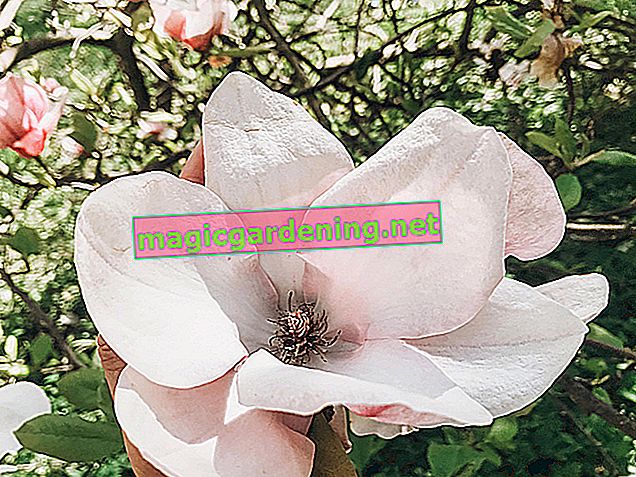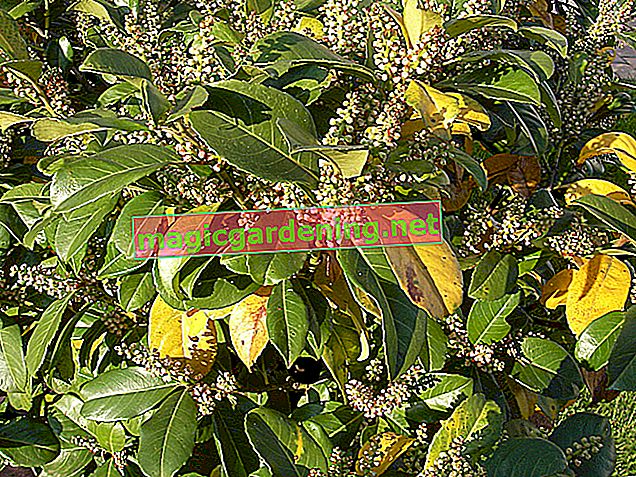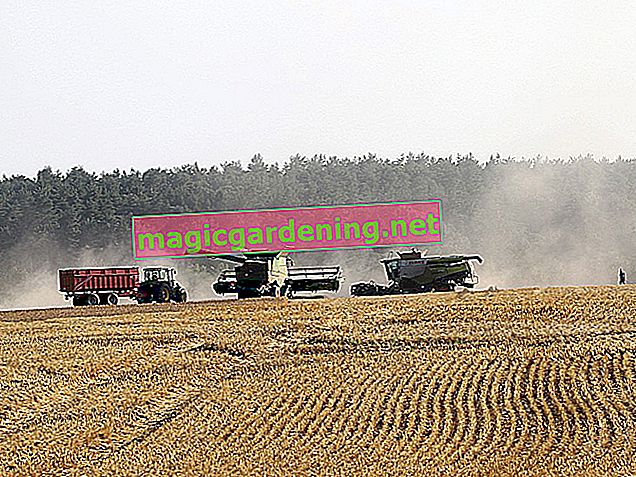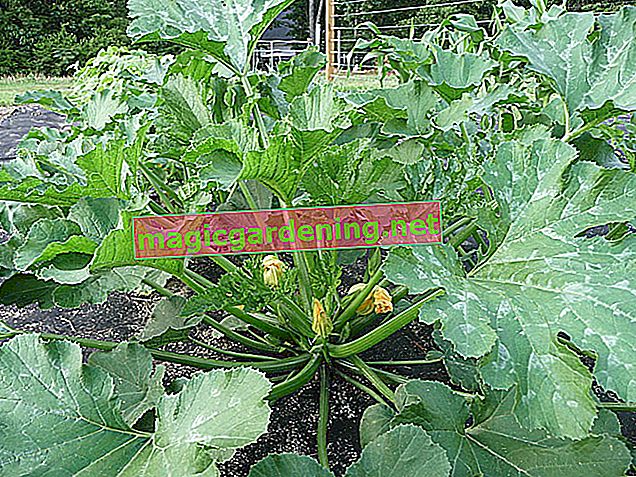
Overview of rose plants
- Class: Covered
- Order: Rose-like (Rosales)
- Family: Rose family (Rosaceae)
- Subfamilies: Spiraeoideae, Rosoideae, Maloideae, Apple, Prunoideae
- Genera: about 90 different
- Types: about 3000 different
- Growth forms: trees, shrubs or herbaceous plants
- Distribution: worldwide, but especially in the northern hemisphere
- Typical characteristics: flower base often involved in fruit formation
- Location: very different depending on the species
- Flower: usually five sepals and five petals each
- Fruits: different, collective or stone fruits, nuts etc.
- Foliage: alternate with stipules
- Use: many ornamental and useful plants
The rose plants are of great economic importance
Roses, apples, pears, quinces, plums, strawberries, raspberries, ranunculus, almonds, peaches, cherries, hawthorn, medlar, wild goat beard, lady's mantle and many other well-known garden plants appear so different on the outside, but have one thing in common: They are more or less closely related and are therefore counted in the rose family. Within these there are many fruit trees and bushes as well as ornamental plants of high economic importance. Above all, the different types of fruit (not only strawberries and raspberries, but also all stone and pome fruit types belong to this large family of plants) are of immense importance for humans in terms of nutrition.
also read
- The rose family includes numerous species
- The large hyacinth family
- A big family - the evening primrose family
Special features in the flower structure
When you get the chance, pick up an apple and a wild rose blossom and take a closer look at both. You will find that the structure of both flowers is congruent, because both types have flowers with five sepals and five petals each in a radial symmetry. Even the double flowers of some noble and shrub roses have the same structure, even if they look completely different on the surface. Here only the pollen was transformed into additional petals. It is also typical that in many rose plants a part of the flower base helps to shape the fruit, for example by giving the ovules a thick coat like in pomaceous fruits (for example in apples or pears).
Tips
Most rose plants have very large flowers, which are usually hermaphroditic and dependent on cross-pollination.








